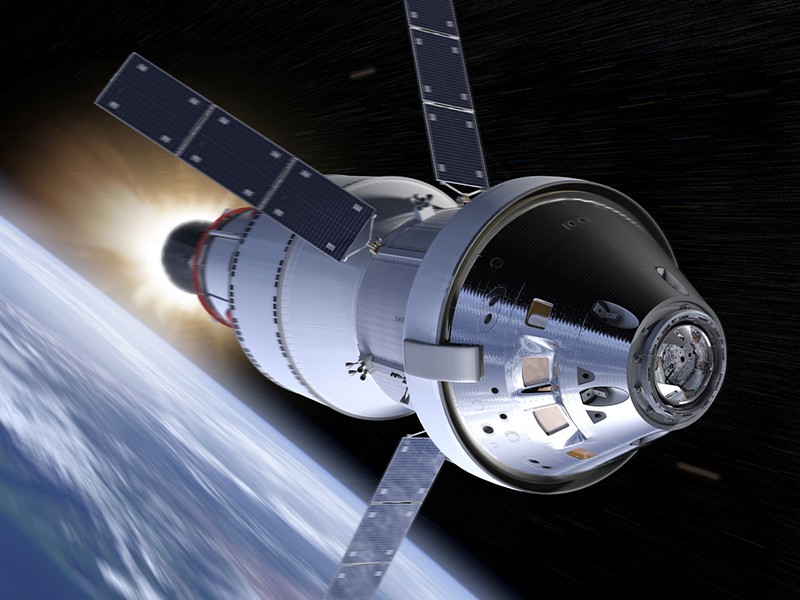When talking about his biological research on Zoom this month, Luis Zea really can not help but smile. He was preparing the apparatus to fly into space at NASA’s Kennedy Space Center on Florida’s east coast.
The apparatus, however, won’t take off on just any rocket. It is designed to examine how yeast genes react to radiation from deep space. It will travel on NASA’s Space Launch Framework, the most potent rocket ever constructed, on its inaugural launch (SLS).
If everything goes according to schedule, the SLS will release out of its launch pad on August 29 and send a small, crewless capsule into orbit. The Orion capsule will travel much further than any spaceship made for mankind has ever gone all around Moon before returning to Earth 42 days later.
NASA wants to utilize the spacecraft to take men to the Moon in the upcoming years, thus the test mission is essential. When this occurs, it will probably be the first time since the Apollo 17 men’s return from either the Moon in 1972 that humankind has journeyed outside of low Earth orbit.
Zea’s investigation will be placed underneath one of the cosmonaut seats aboard Orion and will be embarking on the testing mission with a variety of other experiments. According to Zea, an aeronautical engineer from the University of Colorado Boulder, “we have entered a brand-new phase of space-flight scientific study.”
Accepting A Ride
The SLS will soar into the sky on the launch day of Artemis 1 and then disengage from Orion after being propelled into space by two solid boosters and 4 powerful engines. The capsule will maneuver itself to fly up into Space using a more compact rocket engine made in Europe.
Readout For Radiation
Orion will continue to conduct other tests as it passes by the Moon, notably several that examine how radiation affects living things.
